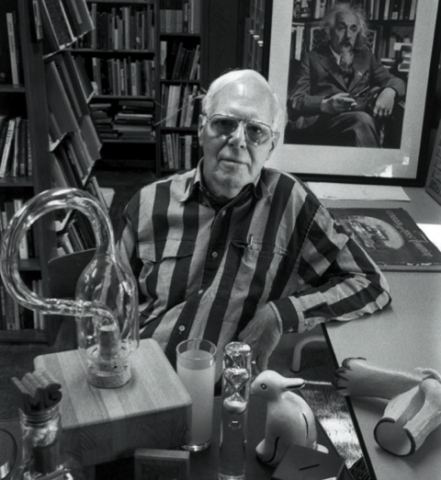Discrete CATS Seminar--Dissertation Defense--Clifford Taylor
Title: Deletion-Induced Triangulations
Abstract: Let $d > 0$ be a fixed integer and let $\A \subseteq \mathbb{R}^d$ be a collection of $n \geq d+2$ points which we lift into $\mathbb{R}^{d+1}$. Further let $k$ be an integer satisfying $0 \leq k \leq n-(d+2)$ and assign to each $k$-subset of the points of $\A$ a (regular) triangulation obtained by deleting the specified $k$-subset and projecting down the lower hull of the convex hull of the resulting lifting. Next, for each triangulation we form the characteristic vector outlined by Gelfand, Kapranov, and Zelevinsky by assigning to each vertex the sum of the volumes of all adjacent simplices. We then form a vector for the lifting, which we call the compound GKZ-vector, by summing all the characteristic vectors. Lastly, we construct a polytope $\Sigma_k(\A) \subseteq \mathbb{R}^{| \A |}$ by taking the convex hull of all obtainable compound GKZ-vectors by various liftings of $\A$, and note that $\Sigma_0(\A)$ is the well-studied secondary polytope corresponding to $\A$. We will see that by varying $k$, we obtain a family of polytopes with interesting properties relating to Minkowski sums, Gale transforms, and Lawrence constructions, with the member of the family with maximal $k$ corresponding to a zonotope studied by Billera, Fillamen, and Sturmfels. We will also discuss the case $k=d=1$, in which we can outline a combinatorial description of the vertices allowing us to better understand the graph of the polytope and to obtain formulas for the numbers of vertices and edges present.


